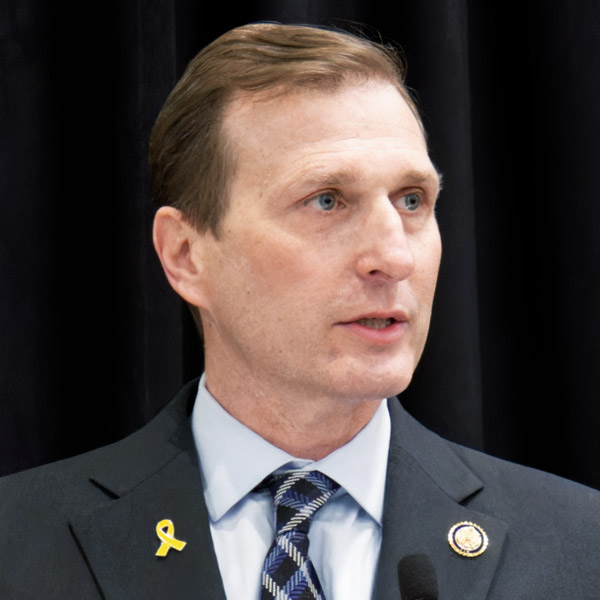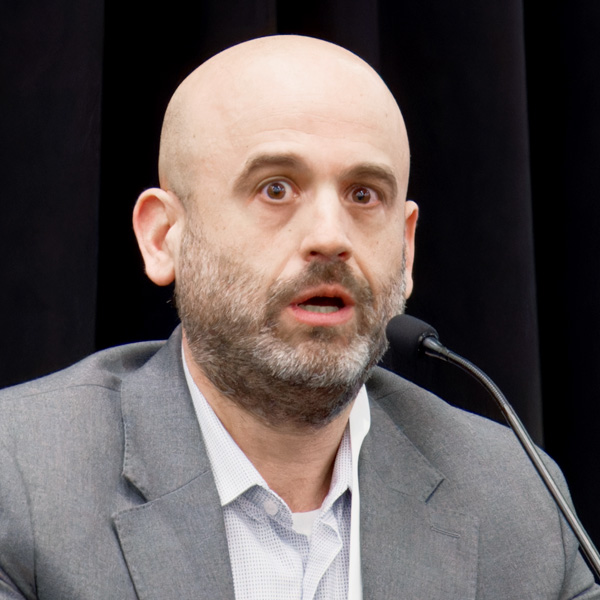NYISO’s market monitor claims the ISO’s firm fuel capacity accreditation proposal would incentivize generators to rely on inferior types of firm fuel service that could undermine the winter reliability benefits of firming up.
“The current tariff is enforced through documentation, the need to obtain agreements that commit to firm fuel obligations,” said Pallas LeeVanSchaick, vice president of Potomac Economics. “The NYISO proposal fundamentally changes the obligation … by switching to something with a performance-based rule.”
The NYISO proposal asks that generators elect as firm or non-firm roughly 16 months in advance of the capability period they are electing for. The proposal requires that generators electing firm notify the ISO they have secured firm contracts by Dec. 1 of the capability year.
Generators that elect firm need to have fuel supply, transportation and replenishment strategies in place by the December deadline to ensure they can operate 56 hours over a consecutive seven-day period during the winter. Failure to perform during the capability period could result in sanctions.
LeeVanSchaick said in a presentation April 9 to the Installed Capacity Working Group (ICAP WG) that NYISO’s current proposal creates an incentive for generators to rely on “inferior types of firm fuel service” to qualify as firm. That’s because of the way it interacts with the natural gas import infrastructure.
During most periods, “firm” gas used by generators is made available on the system through capacity release, LeeVanSchaick said. Capacity release is the reselling of firm fuel rights to another entity. These can be pre-arranged for set terms of time.
“Most of the gas that’s available during winter is mostly a function of capacity release,” LeeVanSchaick said. “It’s not something that’s going to be available under all circumstances.”
During the worst winter periods, more generators are called on, reducing available fuel. If more generation is called on than there is natural gas available, then they must rely on fuel injections at the LNG ports in New Brunswick and the Boston area. These periods are infrequent. Most generators, LeeVanSchaick said, don’t bother coming up with firm fuel transportation contracts.
“A performance-based penalty doesn’t provide a very strong incentive to do this,” LeeVanSchaick said. “You’re sort of relying on generators to ignore their incentives.”
LeeVanSchaick said the purpose of firm fuel capacity accreditation is to try to incentivize generators to have capacity for infrequent conditions. He said it requires either verification of firm fuel and transport contracts on the front end, which the NYISO proposal does not do, or extreme penalties to make a violation too risky.
He proposed levying an additional firm fuel penalty on any generator that notifies the ISO of failure to contract by Dec. 1. For generators that are discovered to have not informed the ISO of a failure to get firm fuel contacts in place, he recommends a financial sanction and FERC referral. He also recommended moving the deadline up to March before the capability period.
Representatives of the generator sector took issue with this analysis, saying there were penalties beyond the firm fuel sanction that they would be exposed to if they misrepresented how firm their fuel was. Specifically, misrepresenting how firm a contract was already could get a generator in trouble with FERC for a tariff violation.
“I think the concern you raised is that this (getting firm fuel) is not a black-and-white behavior and therefore the ISO should allocate penalties,” said Mark Younger of Hudson Energy Economics. “I think if we’ve got issues that need to be evaluated where it’s not black and white, that FERC is the appropriate place to do that.”
Younger said he was more comfortable with the clarity of the ISO proposal and there was nothing in it to prohibit the ISO from asking generators what they did to secure a firm resource.
Doreen Saia, chair of the energy law practice at Greenberg Traurig LLP, said she wasn’t comfortable with a system that forced generators to declare they could lock down fuel supplies 15 months in advance, combined with a penalty if they couldn’t secure a contract because of market reasons.
“It’s like having a cop on a road seeing a car go really fast and not know if it went 70 or 90 and therefore not know what kind of ticket it should get,” Saia said. “I think that’s a FERC question and FERC should decide whether any additional penalty should be required or not.”
NYISO staff attending the working group disappeared during the lunch break to confer in private on the MMU proposal and the discussion it generated. They came back with an ellipsis.
“We’d like to get any additional feedback or thoughts on the proposal that was put forward today,” said Shaun Johnson, vice president of market structures for NYISO. “We’ll take that feedback, process it and consider our next steps going forward.”
Zack Smith, senior manager capacity and new resource integration market solutions for NYISO, said they would move “rapidly” with their considerations.
Julia Popova, chair of the ICAP WG, asked about the timing of NYISO returning with an answer. The ISO is running out of time to file with FERC and avoid jostling the current Aug. 1 deadline.
Smith said the ISO would return “soon” but didn’t provide a clearer timeline.
“The message is clear. Stay tuned,” Popova said.





